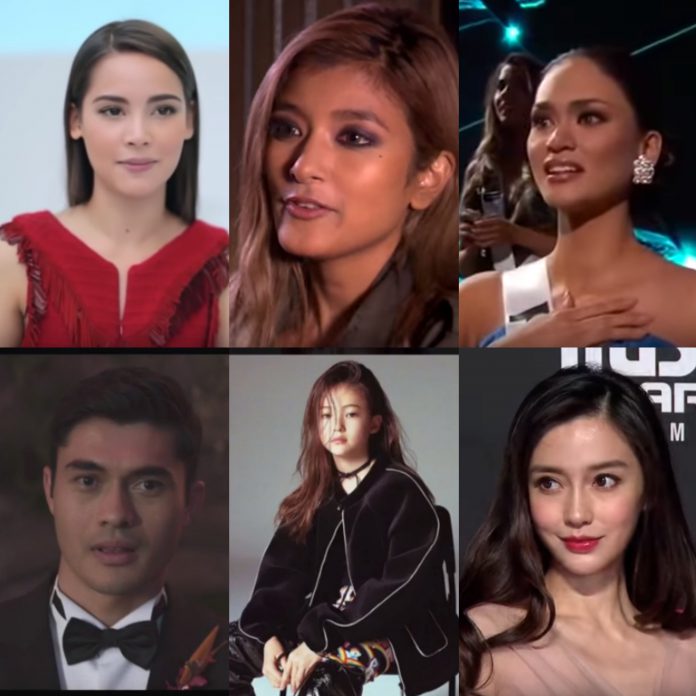A Century of Times Dance Photos, Through the Lens of Misty CopelandPosted in Articles, Arts, Communications/Media Studies, Media Archive, United States on 2019-05-22 22:43Z by Steven |
A Century of Times Dance Photos, Through the Lens of Misty Copeland
The New York Times
2019-04-13
 The ballerina Misty Copeland reviewing photographs for the Past Tense: Dance section in The New York Times’s building. Karen Hanley/The New York Times |
Ms. Copeland, the American Ballet Theater’s first black principal ballerina, served as guest editor for a special section on dance photography.
Times Insider explains who we are and what we do, and delivers behind-the-scenes insights into how our journalism comes together.
There’s one photograph from The New York Times archives that stands out to Misty Copeland. It’s a black-and-white image of a group of young ballerinas, boys and girls, their dark skin accented by bright tights and tutus.
“They look so uncomfortable,” Ms. Copeland said in a recent interview. “In ballet, we’ve never been told there was a place for us to fit in. You can see that within this image.”
The “tension and awkwardness” that Ms. Copeland said she saw in the photo is familiar to her. She was the American Ballet Theater’s first black female principal dancer. Last month, when she visited The Times to serve as a guest editor of a special print section featuring dance images from our archives, she saw those threads throughout dance history.
The section is the latest from Past Tense, which highlights stories and photographs from The Times’s archives. Veronica Chambers, who leads the team, said that of the six million photos in the archives, at least 5,000 are dance-related. A dedicated section was a natural fit, as was the choice of Ms. Copeland as its guest editor, Ms. Chambers said…
Read the entire article here.








